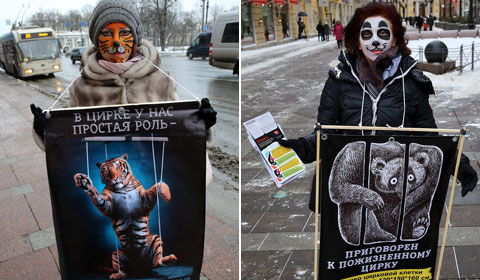Legal battle over ancient robes
Updated: 2014-02-06 12:52
By Kelly Chung Dawson in New York (China Daily USA)
|
||||||||
A misunderstanding leads to a vow to honor a generous, priceless gift
Three years after the passage of the 1882 Chinese Exclusion Act to bar immigration of Chinese people to the US, a group of men in Tacoma, Washington rounded up 200 Chinese residents and marched them out of town before looting and burning down their businesses.
That legacy was at the forefront of the Young family's minds when they donated a collection of Qing dynasty robes and jade to the Tacoma Art Museum (TAM) in 1976; the family, which is of Chinese descent, had never lived in Tacoma, and chose the museum specifically for the powerful statement of reconciliation a donation and accompanying exhibition would provide.
"When [Al and I] were milling among the many distinguished citizens of the Northwest at the exhibit, we exchanged comments on the irony of it all, descendants of the discriminatory communities who forced out the Chinese crowding in to see the collection of imperial robes donated by descendants of long-suffering Chinese pioneers," wrote Connie Young in a 1977 letter to her now-deceased father John, who along with his wife Mary donated the pieces, which they had collected over years of traveling around the world in search of plundered Chinese art objects.
"From a historical overview, the exhibit was a triumph, a sort of sweet victory," Connie wrote at the time.
So when the museum decided to auction off those pieces last year in a sale of 222 objects donated by the Youngs and several other donors, Connie and her siblings responded with a lawsuit and a request that TAM transfer the items to another regional institution.
That chapter is now resolved, with the announcement this week that the museum will be donating nine Chinese robes from the Young collection to Tacoma's Chinese Reconciliation Project Foundation (CRPF), a nonprofit organization devoted to both honoring and undoing the effects of the forceful expulsion of the Chinese community in 1885.
"The donation was always intended to stay in Tacoma, so we are very excited to be able to honor the Youngs' wishes in sharing these beautiful garments with the community," said Theresa Pan Hosley, founder and president of the CRP foundation.
"When the museum decided to sell the pieces, it didn't feel right to us here in the Chinese community, and although we wish they had handled things better, I really do think the donation is a nice gesture and an effort to turn things around. Ultimately we want to work together, rather than against each other."
The Young family has also thanked TAM, CRPF and the Wing Luke Museum for the resolution of their concerns.
TAM executive director Stephanie Sebich, who bore the brunt of the criticism against the museum for their decision to sell the pieces, echoed their thoughts.
"We're very pleased to foster this partnership," Sebich told China Daily. "In our settlement with the Young family, we acknowledged that we regret that the Young family bears the impression that the museum didn't honor the gift of their parents, which is absolutely not the case. We think this is a very positive outcome, and we will continue to emphasize the work of Chinese American artists of the Northwest."
Following the successful construction of a Chinese garden-themed park situated on the city's waterfront, CRPF is currently fundraising to build an international pavilion that will eventually come to house the donated pieces. The garments are now being safeguarded by the Wing Luke Pavilion of the Asian Pacific American Experience, which will care for the items until CRPF is ready to take stewardship.
"The Youngs' gifts to the Tacoma Art Museum in the 1970s were an extraordinary and unusual gesture," said Beth Takekawa, executive director of the Wing Luke Museum of the Asian Pacific American Experience, in an official statement.
kdawson@chinadailyusa.com
(China Daily USA 02/06/2014 page2)
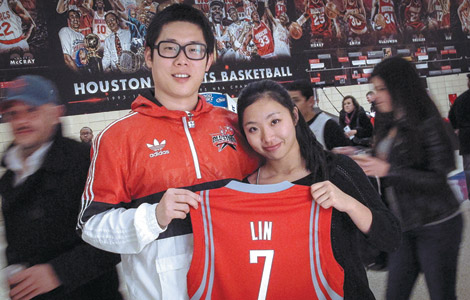
 Chinese Lunar New Year gift from abroad
Chinese Lunar New Year gift from abroad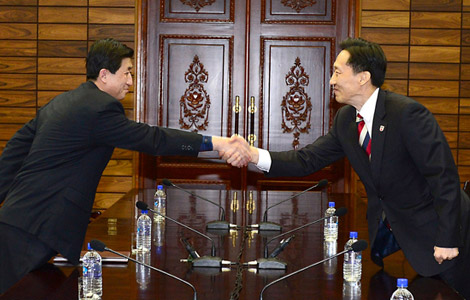
 Koreas reach out for family reunions
Koreas reach out for family reunions
 Storm to slam two-thirds of US
Storm to slam two-thirds of US
 Clowns gather for Joseph Grimaldi celebration
Clowns gather for Joseph Grimaldi celebration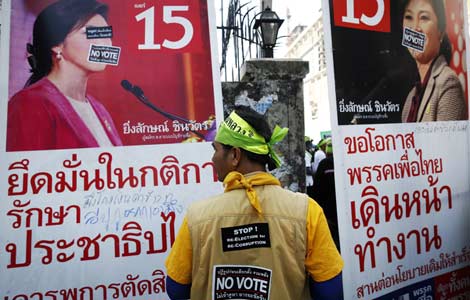
 Thai caretaker PM urges protesters not to block voting
Thai caretaker PM urges protesters not to block voting
 Holy waters in Nepal
Holy waters in Nepal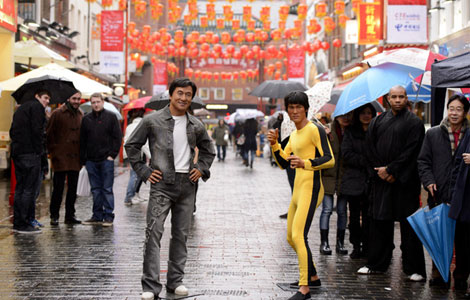
 Kongfu stars wax shine in London ChinaTown
Kongfu stars wax shine in London ChinaTown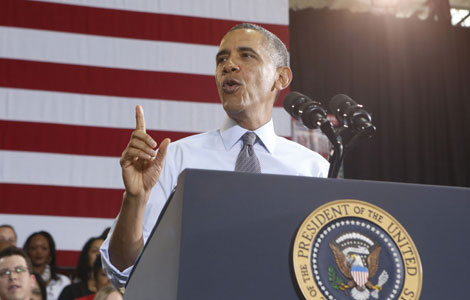
 Obama pushes minimum wage hike
Obama pushes minimum wage hike
Most Viewed
Editor's Picks
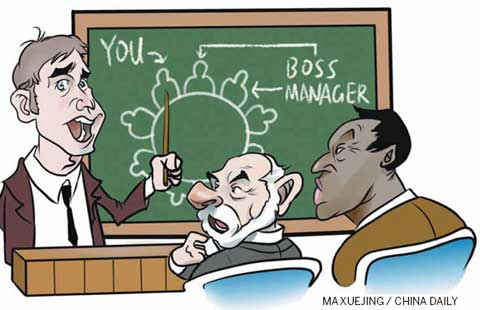
|
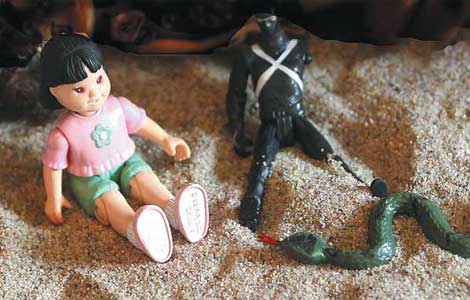
|

|
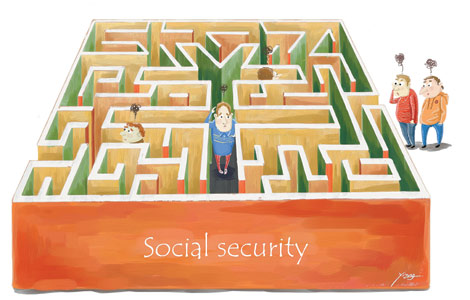
|
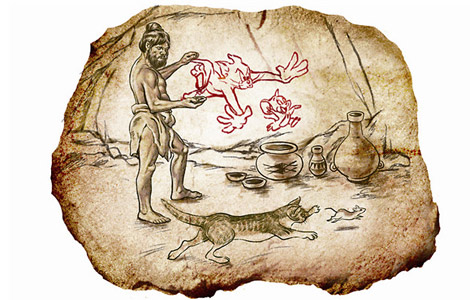
|

|
Today's Top News
China to bid on troubled Brazilian dam project
Flying Tigers denounce Abe's visit
Xi leaves for Sochi ceremony Thursday
China's oil demand is growing
Schroeder accuses US of disrespect
US criticism over ADIZ unfounded
US warns airlines about 'toothpaste bombs'
Family's murder leaves few clues
US Weekly

|

|


